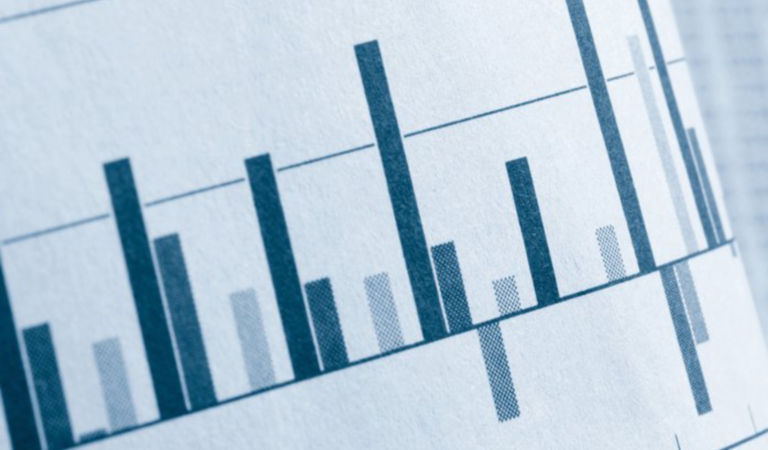US
US equities (+9.2%) registered their largest monthly gain since November 2020. Despite fears about aggressive monetary policy tightening, slowing economic growth, and recession, stocks advanced amid mostly better-than-expected corporate earnings and a decline in medium- and longer-term inflation expectations. Growth stocks significantly outperformed their value counterparts, fueled by a rally in technology stocks. Headline inflation accelerated 9.1% annually in June (5.9% at the core level) — the highest level in four decades — driven by higher gasoline, shelter, and food prices. This surprisingly large increase showed broadening inflation pressures in the economy, prompting the Fed to raise interest rates by 75 bps. The Fed’s policy statement acknowledged that spending and production have softened but emphasized that the strong labor market provides more scope for the economy to withstand the rapid tightening of rates. US GDP contracted 0.9% annually in the second quarter as high inflation, rising borrowing costs, and tighter financial conditions weighed on the economy. Data from FactSet indicated that 56% of companies in the S&P 500 Index had reported second-quarter earnings results by the end of July, with 73% of those companies reporting earnings that exceeded consensus forecasts. The blended year-over-year earnings growth rate for the index was 6.0%, better than estimates of 4.0% at the end of June. The forward 12-month price-to-earnings ratio stood at 17.1.
Economic data released in July signaled that the US economy continued to slow. However, broad-based strength in the labor market empowered the Fed to maintain its aggressive pace of monetary policy tightening to tame decades-high inflation. Nonfarm payrolls increased by 372,000, well above consensus forecasts of 265,000, and the unemployment rate held at an extremely low level of 3.6%. Initial jobless claims trended modestly higher, coinciding with hiring freezes and layoffs at some high-profile companies. Average hourly earnings grew 5.1% annually in June, down from 5.3% in May, potentially signaling that growth in labor costs has peaked. US retail sales increased by 1% in June, while consumer spending rose at a surprisingly strong 1.1% pace, a significant uptick from an increase of 0.3% in May. Adjusted for inflation, spending rose only 0.1% in June and personal incomes fell 0.3%, underscoring how high inflation has eroded purchasing power and tempered demand. The savings rate slipped to 5.1% — the lowest since 2009. Weaker perceptions about current economic conditions, the job market, and incomes drove a bigger-than-anticipated decline in consumer sentiment in July; the Conference Board’s Consumer Confidence Index declined 2.7 points, to 95.7, with purchase plans for large-ticket items receding. The housing market suffered from a mix of high prices and rising mortgage rates, which hovered near their highest levels since 2008. In June, new-home construction and existing- and new-home sales continued to decline.
Manufacturers remained optimistic despite concerns about the softening economy and signs of lower demand. The Institute of Supply Management (ISM) Manufacturing Index eased slightly to 52.8 in July, from 53.0, as new orders contracted for the second straight month, backlogs eased, and input prices increased at a much slower rate. The ISM Services Index cooled slightly to 55.3 in June, above consensus forecasts of 54.0 and still firmly in expansionary territory. Business activity strengthened, signaling that consumers continued to shift their demand preference from goods to services. Preliminary data for July indicated a more pronounced slowdown in services sector business activity as weaker demand and inflation weighed on sales and exports. Input prices rose markedly but at the softest pace since January, and companies were less optimistic about their outlooks. Small-business sentiment slumped to its lowest level since 2013 against a backdrop of rising inflation and labor supply constraints.
All 11 sectors in the S&P 500 Index (+9.2%) posted positive results. Consumer discretionary (+18.9%) was the top-performing sector, with automobiles (+31.1%) and internet & direct marketing retail (+26.9%) driving positive returns. Information technology (+13.5%) also outperformed, led by technology hardware, storage & peripherals (+18.3%), semiconductors & semiconductor equipment (+16.1%), and software (+10.3%). Despite the decline in crude oil and gasoline prices, energy (+9.7%) generated strong results, driven by better-than-expected earnings results from large index constituents. Health care (+3.3%) lagged, weighed down by losses in the pharmaceuticals (-1.2%) and biotechnology (-1.0%) industries.






























Monthly Market Review — November 2025
Continue readingBy